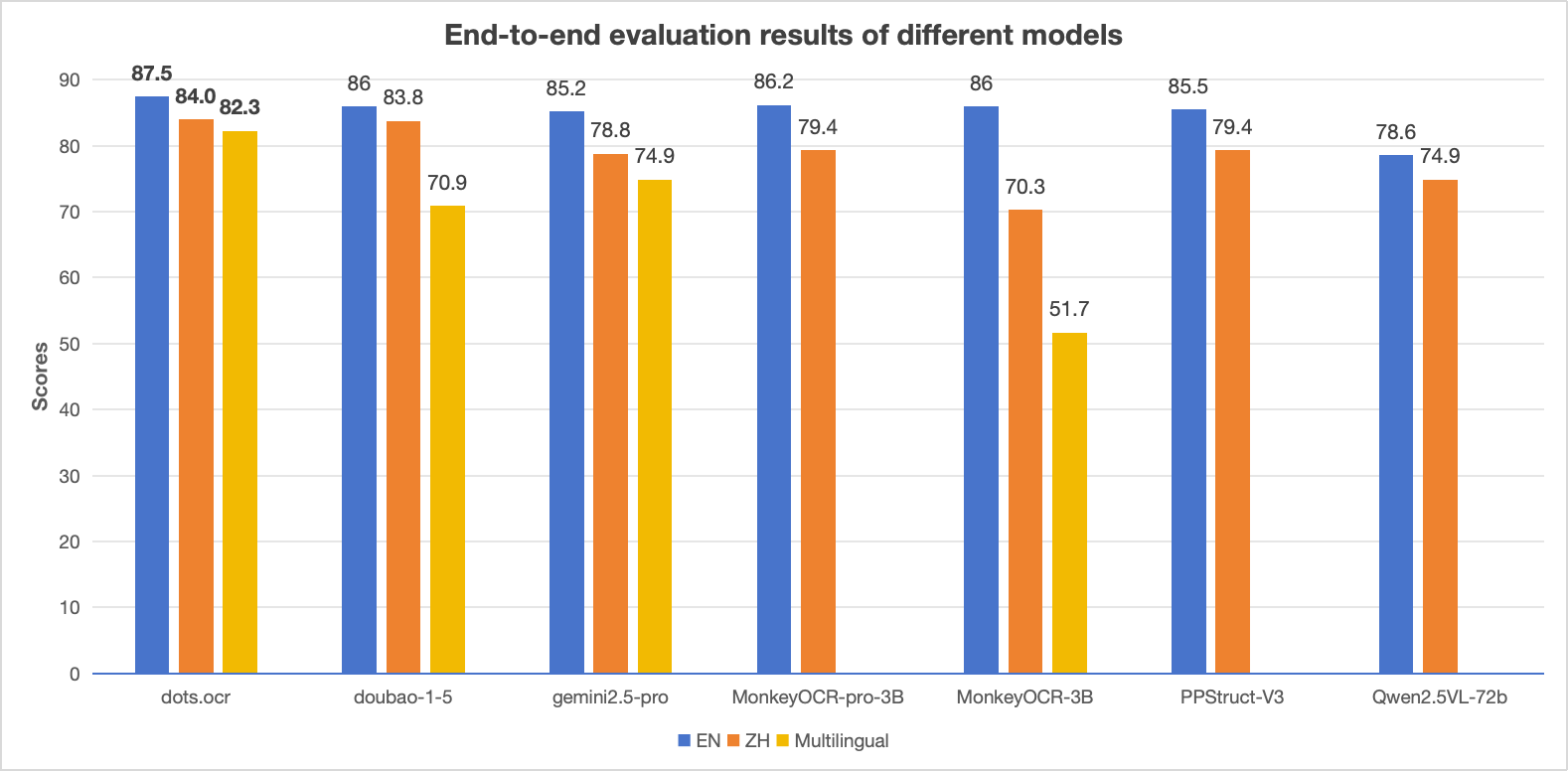Text to Bark – An AI Text-to-Speech Model for “Dog Language” Launched by ElevenLabs
What is Text to Bark?
Text to Bark is the world’s first AI “dog language” text-to-speech model launched by ElevenLabs. Users can input text, select a dog breed, and the model will generate highly realistic dog barking sounds that 95% of dogs cannot distinguish from real barks. The model is developed based on open-source canine linguistics research, supporting personalized breed selection and tone adjustment. It can be deployed on smart home devices and other “cloud barking infrastructures.”

The main functions of Text to Bark
- Text-to-Dog Bark Conversion: After users input text, the model can transform it into highly realistic dog barking sounds.
- Personalized Selection: Supports a variety of dog breeds, such as Labrador Retriever, Chihuahua, German Shepherd, etc. Users can adjust the tone and rhythm of the barking to suit different scenarios.
- Strong Technical Expandability: Already integrated with major “cloud barking infrastructures,” it can be embedded into smart home devices, pet monitoring systems, or mobile apps, allowing pet owners to interact with their pets conveniently anytime, anywhere.
The technical principle of Text to Bark
- Data Collection and Processing: The R & D team referred to a large amount of data on canine behavior and sound patterns.
- Feature Extraction: Various features are extracted from the collected canine sound data, such as pitch, speech rate, intonation, etc., and converted into a mathematical representation form for easy processing by neural networks.
- Model Training: Advanced machine learning algorithms are adopted, such as deep neural network models (which may include recurrent neural networks or transformers, etc.). The extracted features are learned and trained, enabling the model to accurately simulate the barking characteristics of different dog breeds.
- Text-to-Speech Conversion:
◦ Text-to-Semantic Tokens: Convert the input text into semantic tokens encoding the audio to be generated.
◦ Semantic-to-Coarse Tokens: Convert the semantic tokens into the first two codebooks of the EnCodec codec.
◦ Coarse-to-Fine Tokens: Convert the first two codebooks of EnCodec into 8 codebooks. - Sound Synthesis: After the user enters text and selects the target dog breed, the model generates an audio output that conforms to its barking style based on the acoustic characteristics of the selected breed.
How to Use Text to Bark
- Access platform: Visit the official website of ElevenLabs and find the “Text to Bark” page.
- Enter text and select voice type: Enter what you want your dog to hear in the text box. For example, “Dinner time!”. Select the voice type you want the dog to use, such as “Chihuahua”.
- Generate audio: Click the generate button and the system will automatically convert the text into the corresponding dog sound.
- Play audio: Play the generated audio, interact with your dog and observe its reaction.
Application scenarios of Text to Bark
- Pet Training: Pet trainers can use tools to emit command sounds to dogs, helping them better understand the training content.
- Animal Behavior Research: Animal behaviorists can use tools to study animal behavior. By simulating the barking of different dog breeds, they can obtain more data support.
- Entertainment Industry: Movie producers can use technology to dub voices for virtual dog characters.
- Family Pet Interaction: During family gatherings, owners can use tools to interact with their dogs, adding more fun to the gatherings.
© Copyright Notice
The copyright of the article belongs to the author. Please do not reprint without permission.
Related Posts

No comments yet...



